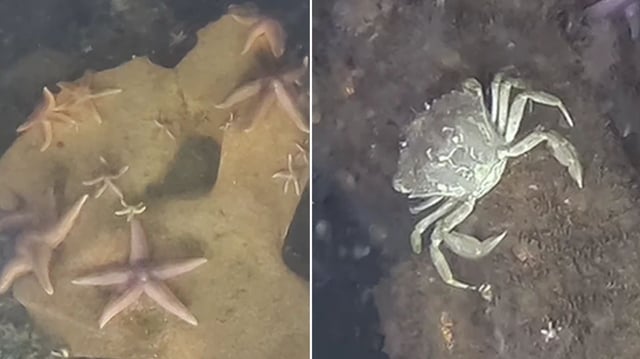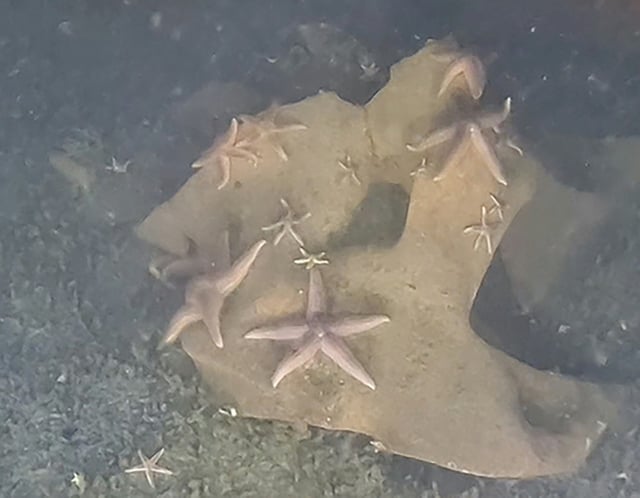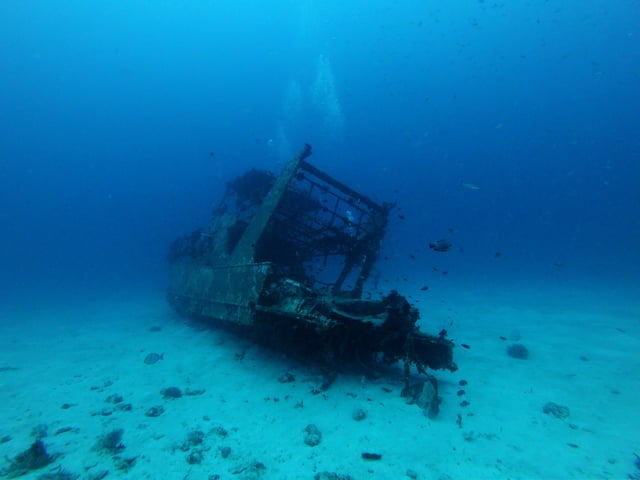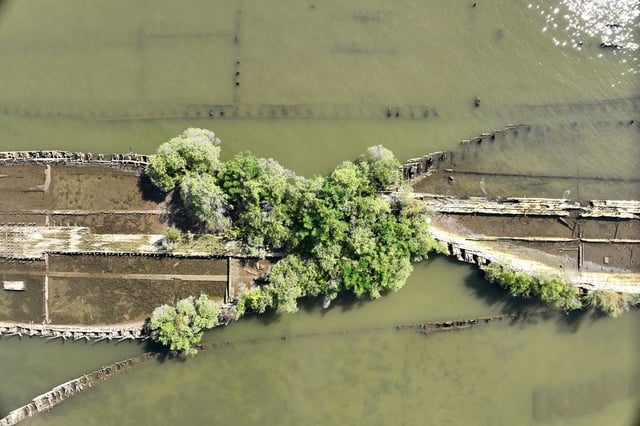Overview
- An ROV survey in Germany’s Lübeck Bay documented about 43,000 organisms per square meter on V‑1 warheads versus roughly 8,200 in nearby sediment, according to Communications Earth & Environment.
- Water samples near the munitions contained TNT and RDX ranging from about 30 nanograms per liter up to 2.7 milligrams per liter, levels the authors say can be fatally toxic to marine life.
- Most organisms clustered on metal casings rather than exposed explosive material, with one notable observation of more than 40 starfish on a chunk of exposed TNT.
- The study recommends removing the toxic munitions and installing non‑hazardous hard substrates, with planned follow‑ups including time‑lapse monitoring and studies of contaminant uptake and reproduction.
- A companion Scientific Data paper produced a high‑resolution drone map of all 147 World War I wrecks in Maryland’s Mallows Bay, providing an ecological and archaeological baseline for future research.



